Individually controlled, non-contact, conventional technology electromagnets
located in the vehicle undercarriage attract themselves up to ferromagnetic
reaction rails (stator packs) attached to the underside of the guideway.
Individually controlled, non-contact, conventional technology electromagnets
work together with the guidance rails to hold the Maglev vehicle
laterally on course.
The individual levitation and guidance magnets are grouped together
and mounted continuously with two degrees of freedom, on both sides along
the entire length of the vehicle.
A highly reliable, redundantly laid out, electronic control system ensures that the
vehicle levitates at a constant gap of approximately 12 mm from the guideway
(exact distance varies with vehicle speed).
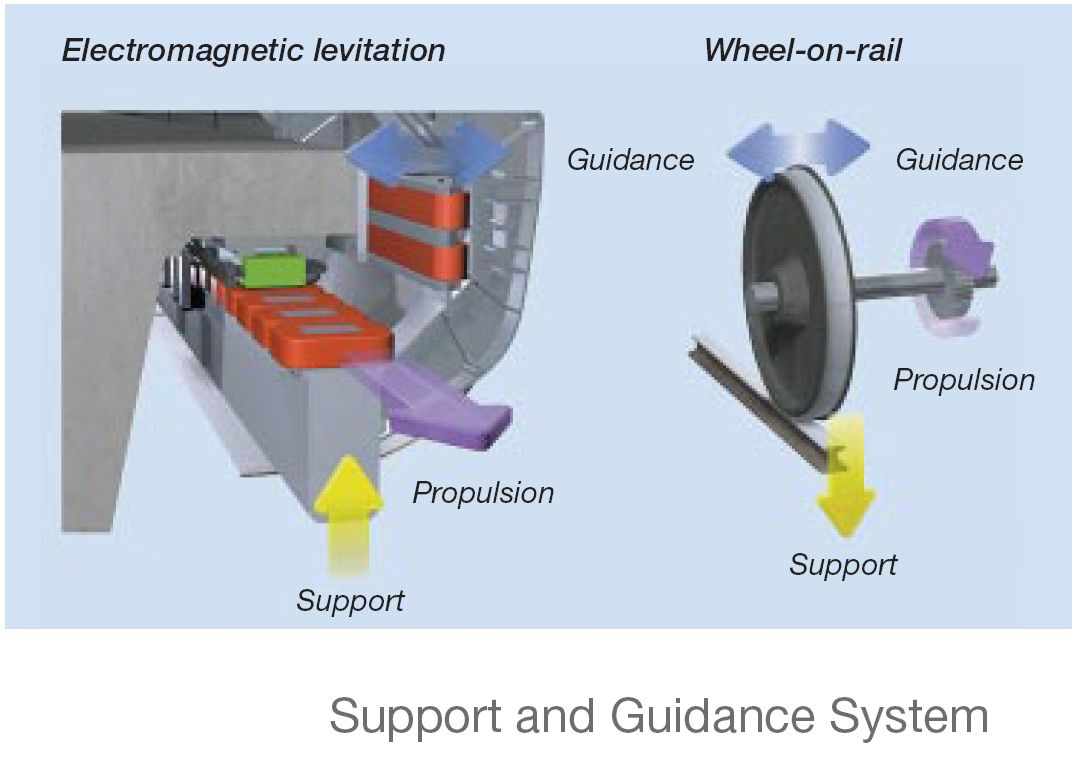
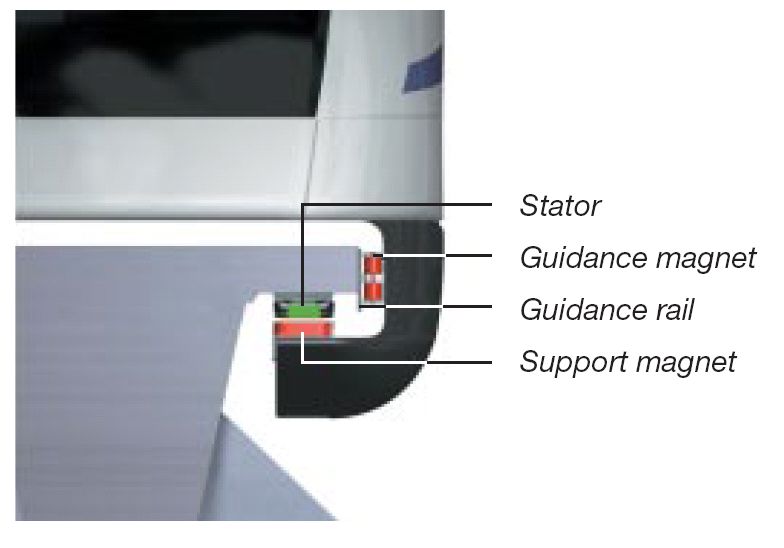 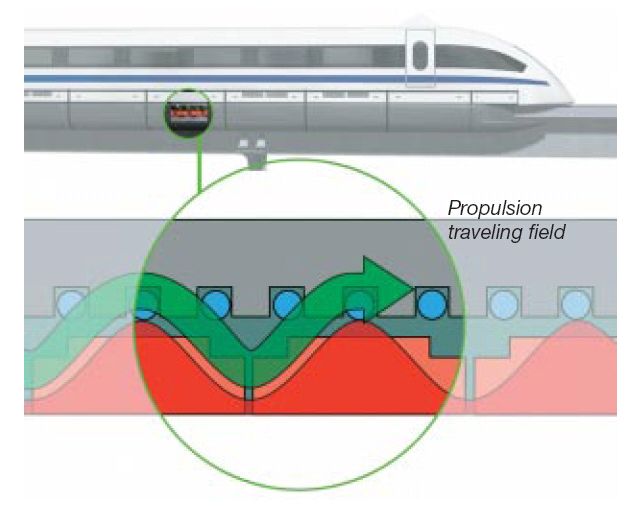
A distance of approximately 150
mm between the guideway deck plate and the underside of the levitating
vehicle allows the vehicle to pass over small obstacles on the guideway
without incident.
Linear generators integrated into
the levitation magnets supply energy, without physical contact, to the
levitation and guidance magnets as well as for on-board power. In this way,
overhead wires are not required for the system. On-board
aircraft-style batteries, also charged via the linear generators, provide backup
power for vehicle levitation, guidance and passenger comfort functions
(lighting, ventilation) and allow the vehicle to always brake to a safe,
controlled stop in the event of a propulsion system or power failure.
At speeds below 80 km/h,
vehicle power is supplied by the on-board batteries, while at higher speeds
enough power is generated by the linear generators to cover both vehicle
requirements and battery charging. When the train is sitting at a station, power
pick-ups swing down to connect to guideway power rails to recharge the vehicle
batteries.
 
As with all operation-critical
Transrapid systems, sufficient redundancy is built into the levitation and
guidance systems, on-board power supply, battery and linear generator systems to
ensure proper operation under all conceivable conditions.
Maglev's greatest strength as a transportation system,
is its ability to draw together centres that are far apart in terms of
distance or congestion.
The experience of the Japanese and Europeans with
high speed train systems, has proven that by significantly closing the time
distance between centres of economic activity, it is possible to meld
together their economies and communities, thus producing a much stronger
entity. Experience has shown that the shorter the trip time, the greater
the benefit of this melding.
Maglev's short trip times result from its ability to
operate at speeds up to 500 km/h in open country and 270 km/h in the
suburbs, within existing noise limits. The short trip times described in
this study can open up a wide range of urban and regional development
opportunities, that would otherwise be unavailable.
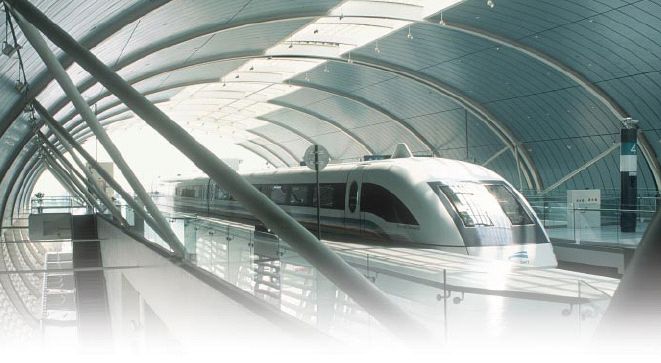
No other high speed train system can make frequent
stops to service urban demand, and yet still achieve very short overall trip
times.
Maglev's shortest possible trip times, particularly in
the urban context, can produce the greatest possible social and economic
benefits to the Illawarra, Greater Sydney, the Central Coast and the
Newcastle region.
Maglev's performance characteristics also enable
the urban projects for Sydney and Melbourne to be the first increments of a
major project to eventually link Sydney and Melbourne. Maglev is the only
system that can offer Sydney - Melbourne trip times to rival air travel.
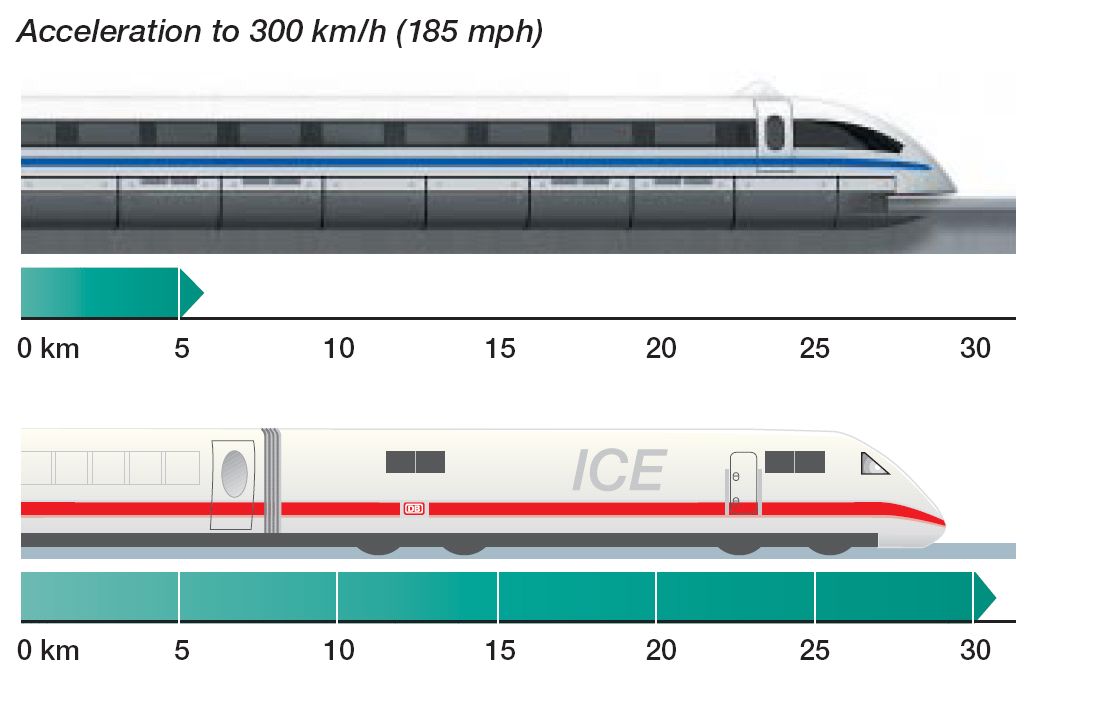
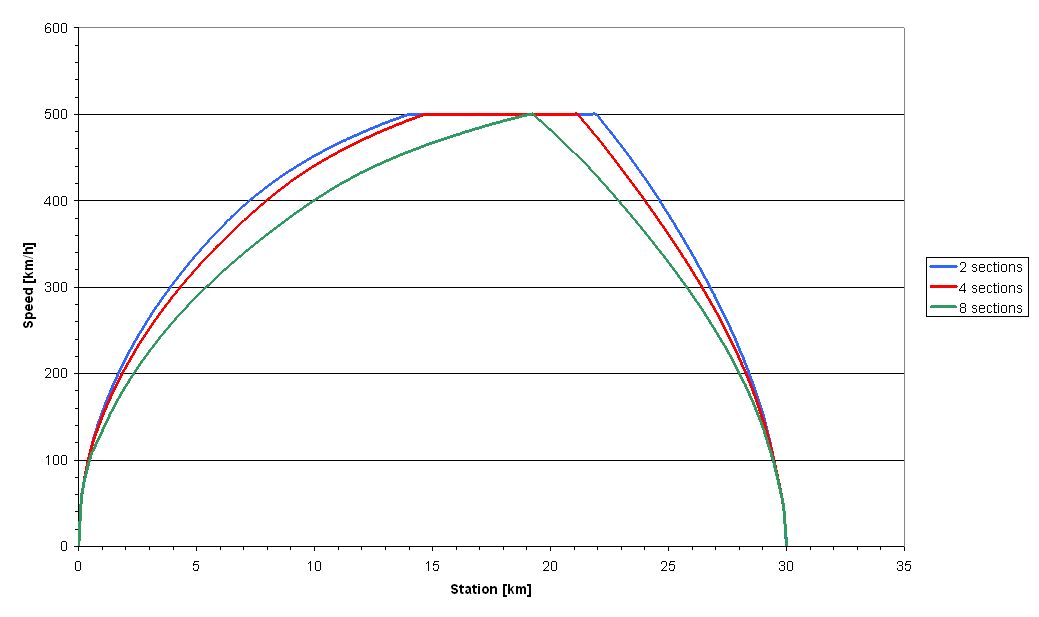 |